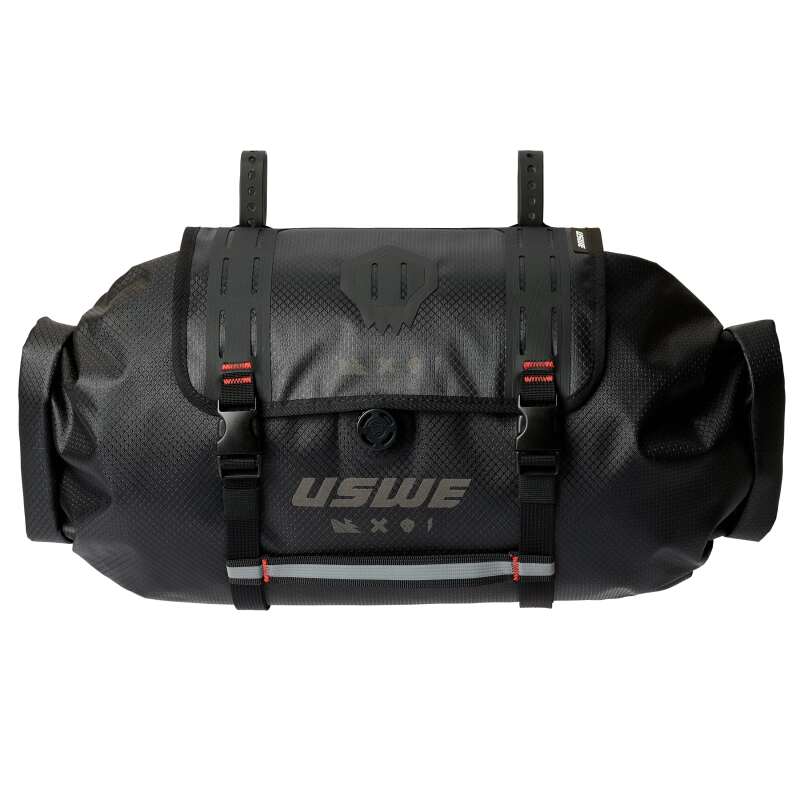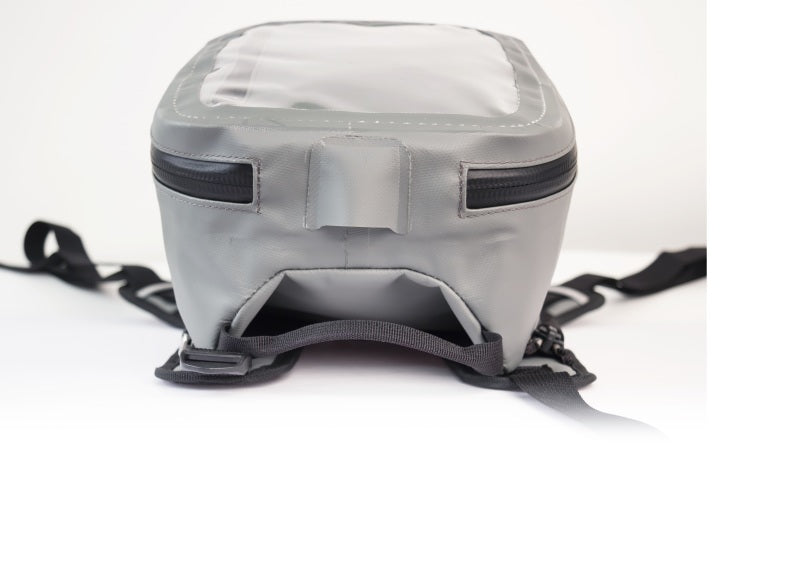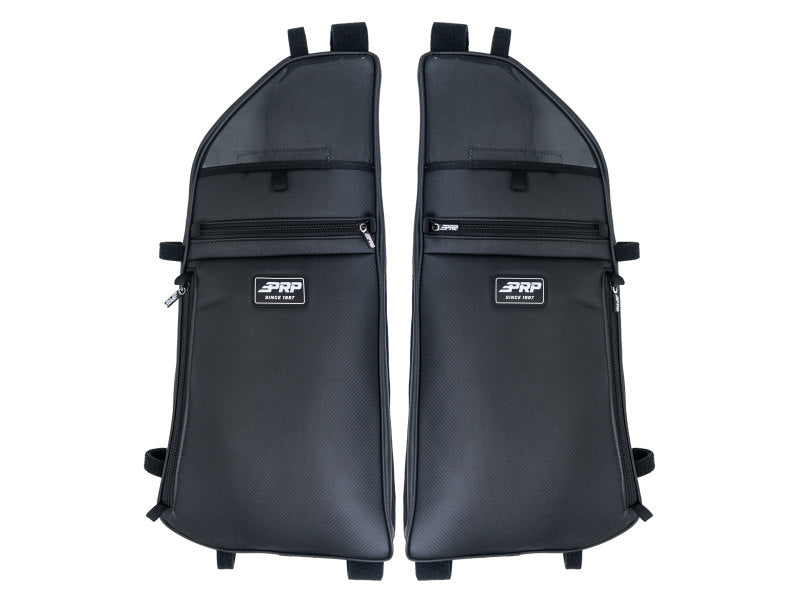Roll up truck bed covers, also known as tonneau covers, are a popular choice for truck owners wanting to protect their truck bed. These covers come in different styles - you can get soft ones that roll up like a sleeping bag, ones that slide back into a case, covers that fold in sections, or single-piece hard covers.
These covers are built tough, using strong vinyl, aluminum, and steel parts that stand up to rain, snow, and sun. They come with locks and clasps to help keep your cargo safe from thieves.
Key Takeaways
-
Installation requires cleaning the truck bed, securing side rails, and rolling the cover from front to back while maintaining proper tension.
-
Top-rated brands include TruXedo, ACCESS, BAK, Gator, and Extang, with the TruXedo Lo-Pro being a popular choice.
-
Regular maintenance includes monthly bolt checks, bi-weekly washing, and quarterly lubrication of moving parts for optimal performance.
-
Roll-up tonneau covers can improve fuel efficiency by 5-8% on highways through reduced wind resistance.
-
Common issues like leaks and sticking can be prevented through proper installation and regular maintenance checks.
Understanding Roll Up Tonneau Covers
Roll-up tonneau covers are a popular choice for truck owners wanting to protect their truck bed. These covers come in different styles - you can get soft ones that roll up like a sleeping bag, ones that slide back into a case, covers that fold in sections, or single-piece hard covers.
These covers are built tough, using strong vinyl, aluminum, and steel parts that stand up to rain, snow, and sun. They come with locks and clasps to help keep your cargo safe from thieves. Installation requires hex key tools included in the package for proper assembly. Like other roof storage solutions, they help maximize your vehicle’s carrying capacity while keeping items secure.
Most designs use simple but smart features like Velcro, snap-on clips, and pull-tight systems that make them easy to use and fix.
To put one on your truck, you need to clean your truck bed and line everything up with the side rails carefully. Many covers work with different truck types thanks to special tracks and fitting parts that help them attach properly.
To keep your cover working well, it’s important to check it often and clean it regularly.
Essential Tools Required
You’ll need the right tools to install your tonneau cover properly. The main pieces include strong grip clamps and high-quality aluminum parts that let you mount the cover without drilling holes.
The setup tools come with special tension knobs to adjust the tightness and reliable double locks for security. The AUTOLATCH II system allows instant release from either side of your truck.
The cover uses tough rubber seals and strong fasteners to keep water out along the whole truck bed. The front edge piece forms a solid barrier to block rain and dirt.
You’ll also need good-quality straps to keep the cover from hitting your truck’s cab, plus rail systems that make the cover more useful.
Like floor mat protection, tonneau covers help maintain your vehicle’s value by preventing damage from the elements.
Everything fits well with add-ons like toolboxes and racks, and works with various cargo systems.
Top Products In Market
Popular brands like TruXedo, ACCESS, BAK, Gator, and Extang make the best truck bed covers today.
The TruXedo Lo-Pro is a favorite because it sits flat and opens easily, while ACCESS Original Roll-Up has strong locks that work well. These covers offer excellent weather protection against rain, snow, and UV rays.
The BAK Revolver X4 is tough, rolls up smoothly, and comes with a 5-year promise to fix or replace it if something breaks. Custom exhaust systems can be installed without interfering with the cover’s operation.
For a good middle option, the TruXedo TruXport ($548) is strong and easy to put on your truck.
If you want to spend less, the TLAPS Snap-On costs about $130.
For those willing to pay more, the LOMAX Stance Tri-Fold ($2,550) uses better materials and has extra safety features to keep your cargo safe.
Installation Steps
To set up your truck bed cover, start by cleaning it well and laying out all parts using your guide. This helps avoid problems during setup.
First, attach the side rails to your truck bed, then put the clamps in place and tighten them firmly. Many truck owners say getting the rails straight is key to making everything work right. Just like with suspension components, proper alignment ensures optimal performance and prevents issues down the road.
Next, roll out the cover from front to back, making sure it’s tight enough to prevent flapping in the wind. Using proper tools and protective gear will make installation safer and more efficient.
Last, check that the locks work, the Velcro lines up, and look over all parts carefully.
Keep an eye on everything and check it now and then to make sure your truck bed cover stays in good shape and lasts long.
Proper Maintenance Guidelines
Taking good care of your tonneau cover helps it protect your truck bed for many years. How often you need to check and clean it depends on how much you use it and where you keep your truck, but you should regularly look over the cover material, nuts and bolts, and moving pieces.
Clean it gently with mild soap and water, and stay away from strong cleaners that might hurt the cover.
-
Once a month, check all bolts and clamps, tighten them if needed, and look for rust
-
Wash the cover every 2-3 weeks with cleaners the maker says are okay to use
-
Every three months, spray the moving parts with dry car lubricant
Key things to watch for: don’t let water sit on top, make sure the cover fits right, and protect it from sun damage.
If you have a vinyl cover, put on protective coating to keep it from wearing out. When you load things under the cover, spread the weight evenly and don’t go over the weight limits the maker tells you about.
Common Installation Mistakes
Putting on a truck bed cover looks easy, but many people make mistakes that can hurt how well it works and how long it lasts. The most common errors are putting the side rails in the wrong spot, not checking if there’s enough room, and leaving gaps unsealed. Many truck owners say it’s vital to measure carefully and make sure the cover fits your truck before you start. For more on this, see top 10 must-have truck bed accessories for every pickup owner.
Many things can go wrong with the nuts and bolts of installation, like tightening parts in the wrong order, using rail spacers incorrectly, or not thinking about how the bed liner might get in the way. You need to follow the maker’s instructions closely and use the right tools. Learn more about proper installation and maintenance in our guide to tips for maintaining your exhaust system for longevity and performance.
After you put it on, you need to check everything - look for water leaks, make sure the seals are tight, and check that the cover opens and closes smoothly. Make sure the tailgate works well with the cover and that all locks work right.
Getting these key steps right during installation keeps problems away and makes sure your cover works its best.
Weather Protection Features
A well-fitted truck bed cover needs to keep your cargo safe from rain, snow, and sun. How well it blocks out weather mostly comes down to good water flow design and smart choices in what it’s made from. The best covers use strong vinyl that won’t fade in the sun, along with tight seals at the front and back to keep water out.
-
The seals where the tailgate meets the cover work two ways to stop rain from getting in, which really helps during storms.
-
Tough materials like strong vinyl stand up well to sun damage and big swings in temperature.
-
Built-in paths for water help it flow off instead of pooling and leaking into your truck bed.
Today’s truck bed covers use several layers of protection, with strong stitching and materials that won’t tear easily.
When you put the cover on right and use its sealing features properly, it works great in all kinds of weather, from light drizzles to harsh summer sun.
Safety Considerations
Safety when choosing and setting up truck bed covers comes down to three key things: safe setup, strong materials, and how well they lock.
The type of material makes a big difference in keeping your cargo safe. Hard covers made of aluminum panels protect better than soft vinyl ones.
Some covers are trickier to put on than others, and getting the side rails lined up right is crucial to stop leaks and make sure the locks work well. You might need help from experts to install the more complex ones.
The safest covers have strong locks that work together with your tailgate lock. Hard covers that slide back or come in one piece keep things most secure, while soft covers give basic protection for less money.
Taking care of your cover and using it the right way helps keep it secure, especially when it comes to the locks and rails.
Performance Benefits
Tonneau covers add many benefits when installed correctly on your truck. They cut down wind resistance, which helps save gas - usually 5-8% less fuel used on highways. The smooth top shape helps air flow better over the truck bed, making the whole truck run better.
-
Keeps cargo safe with strong seals and water drainage
-
Uses less fuel by blocking messy air movement in the bed
-
Locks up your stuff while still letting you reach everything easily
These covers do more than save gas - they keep your cargo dry and protected from rain, snow, and sun.
The best roll-up covers sit close to the bed, which helps even more with smooth airflow, makes the truck handle better, and cuts down on wind noise when you’re driving fast.
Troubleshooting Tips
Truck bed covers often face problems like getting stuck, letting water in, making noise, and having broken seals.
It’s important to check your cover often to catch small issues before they turn into big ones.
When the cover gets stuck, cleaning it well and adding some grease usually gets it moving smoothly again.
Water coming in usually means the cover isn’t sealed or installed right - you’ll need to patch holes or put in new seals right away.
Check regularly for any bending or damage, as these can make the cover noisy.
You can fix most noise problems by tightening loose parts and adjusting how the cover sits.
Keep a close eye on the seals during your regular checks.
Bad seals can ruin how well the whole cover works.
Finding and fixing seal problems quickly helps your cover last longer and work better.
Frequently Asked Questions
Can I Install a Roll-Up Tonneau Cover With a Bed-Mounted Toolbox?
Yes, you can fit most roll-up truck bed covers with toolboxes, but you’ll need to check which brands work best. Some covers need simple changes or special parts to fit properly with your toolbox.
How Long Does the Adhesive Backing on Rail Seals Typically Last?
The sticky backing on rail seals usually holds up for 6 to 12 months when stored correctly. Taking care of rail seals is important since weather
Will Installing a Tonneau Cover Void My Truck’s Factory Warranty?
Adding a truck bed cover won’t cancel your factory warranty unless the truck maker can show that the cover directly harmed something on your truck. This protection comes from federal rules that keep your warranty intact.
Can I Drive Through an Automatic Car Wash With Tonneau Installed?
Taking your tonneau cover through a car wash is safest at touchless stations. Hard covers usually handle regular car washes well, but soft and roll-up covers need special care to stay in good shape and avoid getting damaged.
What’s the Maximum Snow Weight a Roll-Up Tonneau Cover Can Safely Handle?
Roll-up truck bed covers can only hold a small amount of snow, usually between 15-30 pounds. If you live where it snows a lot, you’ll need tougher covers that can support more weight.
Conclusion
Roll up tonneau covers represent a practical investment for truck owners seeking cargo protection and improved fuel efficiency. Proper installation, regular maintenance, and careful product selection guarantee peak performance and longevity. Quality materials, weather-resistant features, and secure locking mechanisms contribute to the cover’s effectiveness. For expert guidance on tonneau covers and truck.





